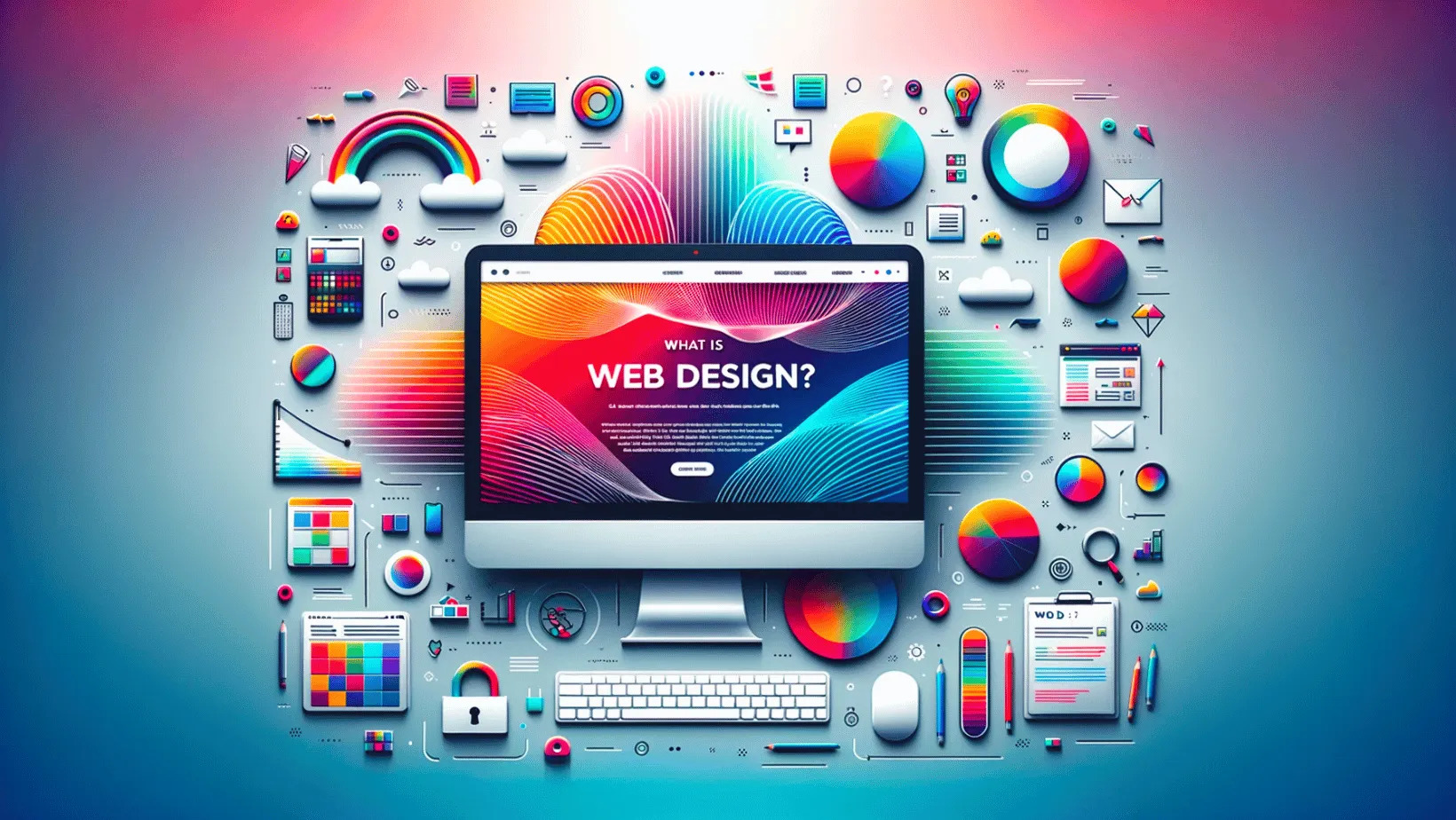Client attraction by Design
Web design is the process of planning, conceptualizing, and creating the visual and functional aspects of a website. It focuses on the user experience (UX), layout, aesthetics, and navigation of a site. Web design is concerned with how a website looks, feels, and behaves across different devices and screen sizes.
Key aspects of web design include:
User Interface (UI) Design: The visual elements like layout, typography, colors, buttons, and icons that make up the user-facing part of a website.
User Experience (UX) Design: Ensuring that the website is intuitive, easy to navigate, and meets user needs. UX involves planning how the user interacts with the website from start to finish.
Responsive Design: Designing websites to be mobile-friendly and look great on various devices (smartphones, tablets, desktops) by using flexible layouts and scalable images.
Wireframing and Prototyping: Creating basic blueprints of the site layout (wireframes) and interactive models (prototypes) to visualize how the website will function before development.
Branding and Visual Design: Ensuring that the site’s design aligns with the company’s brand identity, including logo, color schemes, and overall style.
Web design involves both creativity and technical skills, and it often requires knowledge of design software like Adobe XD, Figma, or Sketch, as well as front-end technologies (HTML, CSS, JavaScript) for implementation.

